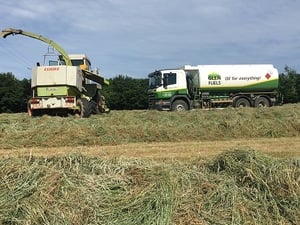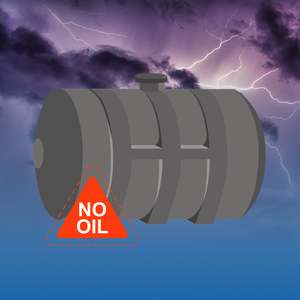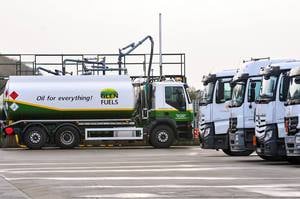Blog » Rosslare » What is silage cutting?
If you haven't been reared in a farming community, you may be wondering "what is silage" and "what is silage cutting?"
Michael Reck from our Rosslare depot has taken a really good video of Seamus O'Leary, a valued Glen Fuels customer, collecting cut silage and turning into a silage bale. In this blog, Michael answers your questions in simple terms. Click here to view the video.
How is silage formed?
A farmer will select a field to fertilise. The farmer lets the grass in the field grow for the next 6-8 weeks. The grass is then mowed, baled and wrapped.
What is silage cutting?
In this video, you can see the mowed grass is lying on the ground. The cut grass is left on the ground for 1-2 days to let the grass wilt but not dry out.
A baler, as seen in this video, picks up the grass and puts it into a bale (normally 4ft by 4ft). At the end of the video, the machine comes to a standstill and releases a bale of silage.
What is baled silage?
This bale is wrapped tightly in airtight plastic to preserve the nutrients, sugars and moisture of the grass. This keeps the feeding value in the bale for livestock to eat well during winter months.
- adblue
- arklow
- budget plan
- bunkering ireland
- circle k
- commercial lubricants
- diesel
- gas oil
- glen fuel card
- glen fuels
- glen fuels new ross
- glen fuels sponsorships
- glen fuels wexford
- glenergy
- heating oil
- home heating oil
- kerosene
- kerosene prices
- lubricants
- magnus monitor
- magnus monitors
- new ross
- oil
- oil tank
- road diesel
- sfgo
- wexford
- wexford gaa
- wicklow
- winter fund

Glen Fuel Card
For personal and professional use.
Discounts at Glen Fuels and Circle K:
- Unleaded and diesel
- Adblue and lubricants
- Car wash



